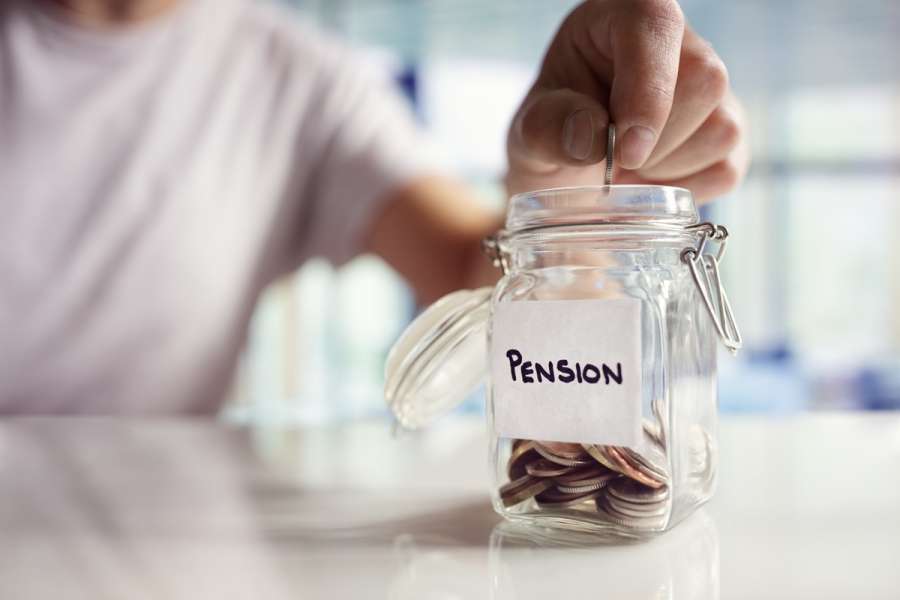
In proceedings for divorce or dissolution of civil partnership, the court has the power to redistribute pension benefits between the parties.
Pensions must be considered in divorce as pensions can often form the second largest asset of a marriage, after the family home. Understanding the full range of options available when dealing with pensions during divorce is important.
There are many types of pension schemes, pension benefits and ways of contributing to pension schemes.
Both parties must provide financial disclosure in respect of their pension benefits. As part of the financial disclosure process on divorce or dissolution, both parties will have to obtain the equivalent cash value for all pensions.
In this blog, our Family Law Solicitors discuss the complexities of pension division, offering guidance on how to navigate your financial options and protect your retirement savings.






